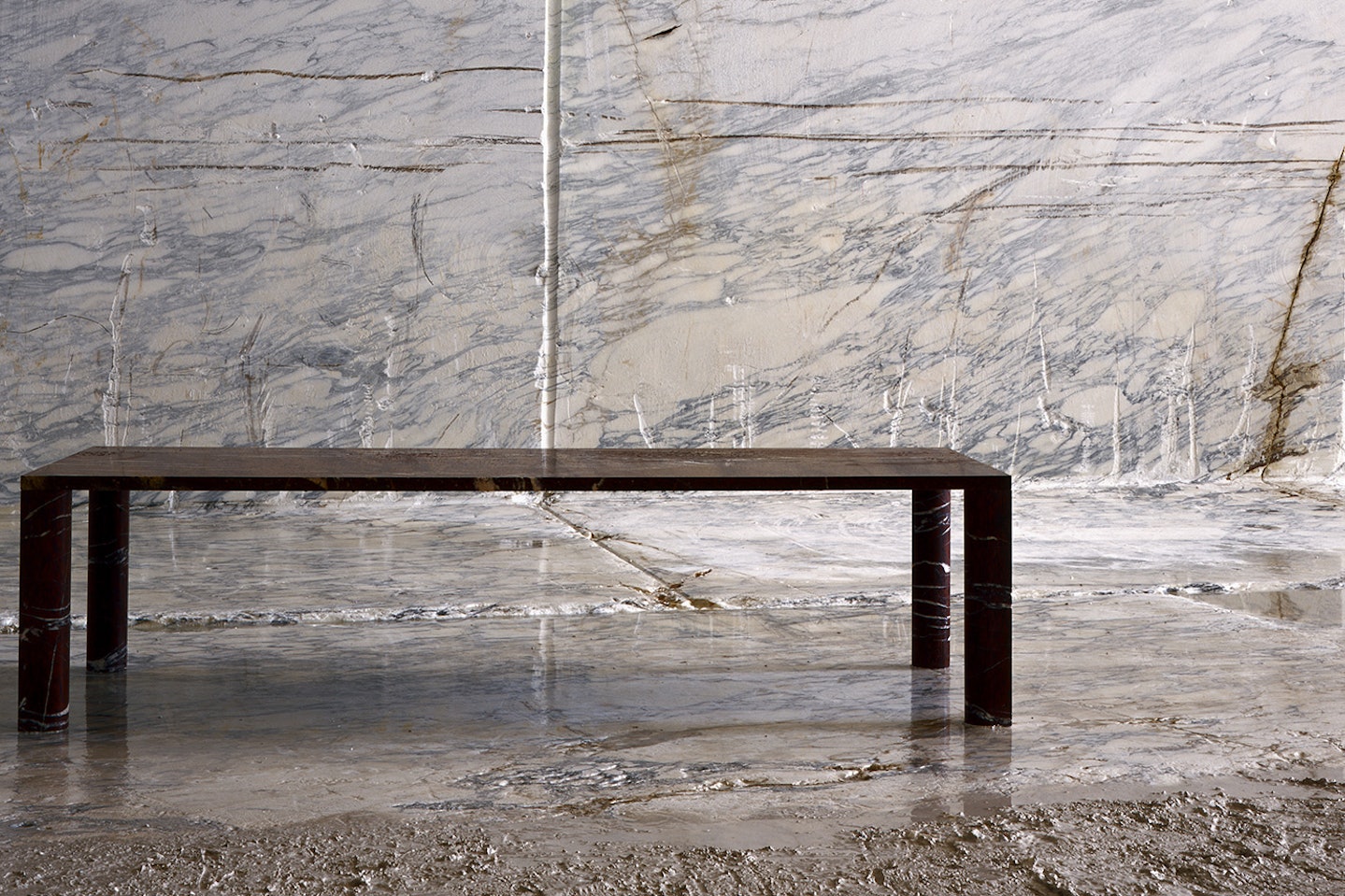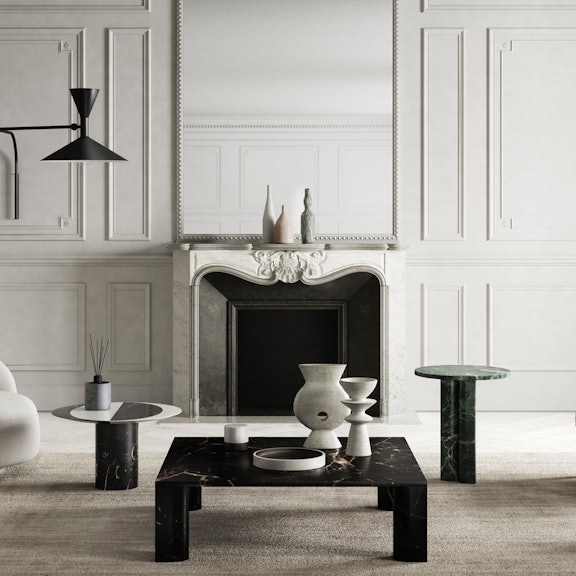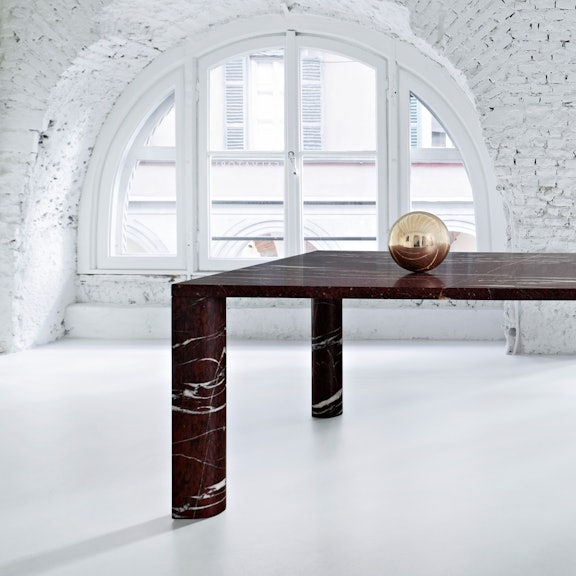The art of architectural photography with Hélène Binet
03.2022
Her images are a response to the dynamic, expressive potential of architecture
Hélène Binet is one of the world’s leading architectural photographers. Despite discovering the discipline by chance, she has come to shape both the direction of architectural photography, and contemporary architecture itself, through her practice, with British artist Zaha Hadid writing that Binet’s photography of her buildings influenced her approach to later designs.
Born in Switzerland to Swiss and French parents, Binet studied photography in Rome and photographed performances at the Grand Théâtre de Genève for two years before taking up architectural photography. Her work recalls those formative years – continuing to shoot only on film, her images are a response to the dynamic, expressive potential of architecture.
Rather than documenting a building, Binet’s photography is a personal and artistic exploration of architecture, questioning how the spaces we build inform the way we understand our environment and ourselves. As well as shooting architecture from antiquity and the great architects of Modernism, such as Le Corbusier and Alvar Aalto, she has worked with contemporary practitioners like David Chipperfield, Peter Zumthor and Daniel Libeskind – the latter describing her work as exposing “architecture’s achievements, strength, pathos and fragility.”
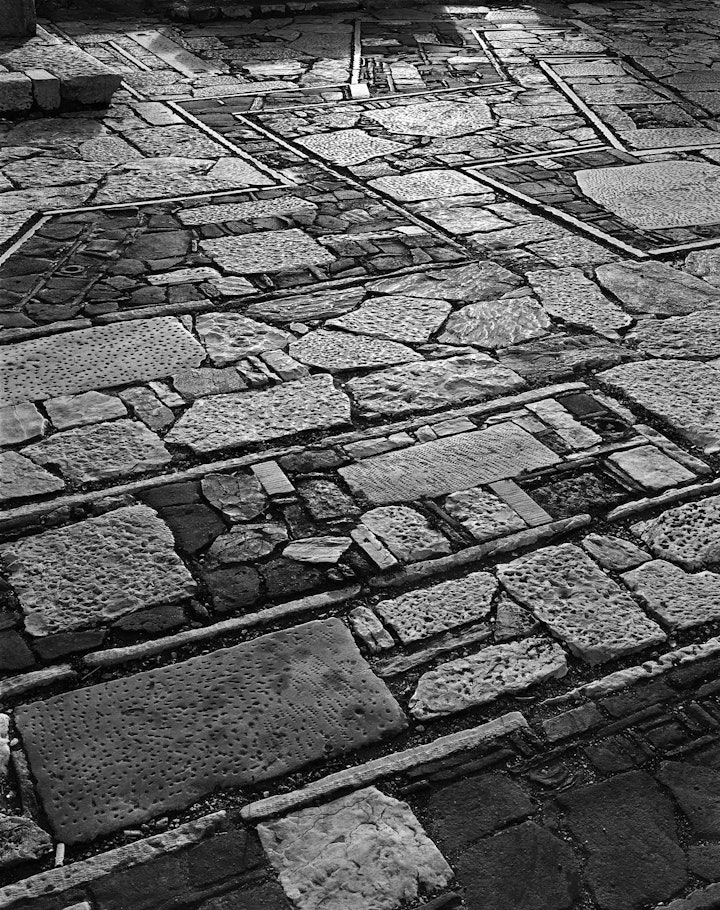
We had the pleasure of working with Hélène when it came to photographing our ‘Love me, Love me not’ collection of tables designed by Michael Anastassiades, and saw at first hand the extraordinary skill and attention to detail she brings to her work.
The location for the photo shoot was a quarry in the Apuan Alps in Northern Tuscany and it was fascinating to observe the way she spent the first day studying the light meticulously as it changed over the hours, exploring every corner to find the perfect angles for each shot. No artificial lighting was used at all, so that first day was critical to planning the actual photography, which took place the day after.
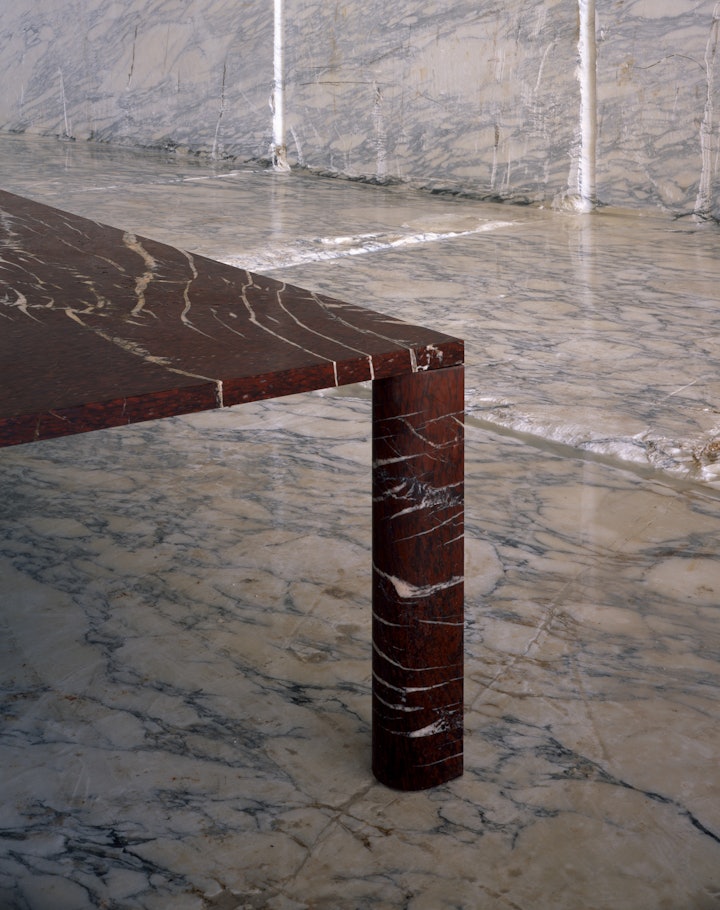
“The shoot was really a result of the special relationship that I have with Michael Anastassiades and Salvatori. Michael had designed these beautiful tables with Salvatori and we decided to photograph them in this incredible marble quarry. The experience of shooting the table there was absolutely unique. It was possible in one image to make a connection between where the material was extracted and the beautiful object that was created from it. Of course, shooting mostly in a quarry, there was little direct light but – because we were surrounded by this white reflective stone – it was very playful. As it would take some time to position the tables, I had to try and predict where this light was going to be before we set everything up. Normally I have the time, working with architecture, but here I had to consider both the space and an object, and it took some tight planning, as well as a little improvisation.” Hélène said.
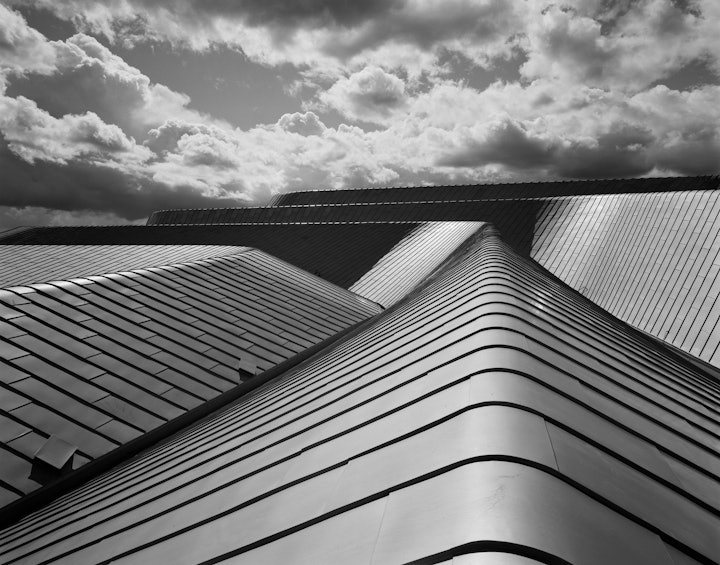
Here she speaks to Salvatori about how she came to architectural photography, her practice, and her passion for natural stone.
Did your interest in architecture come before photography?
Not in a rational way – in the sense that I grew up in Rome, and so you would think the architecture there must have had some impact. I studied photography with the idea of working in the field of performance, because I had been assisting a photographer who shot musicians and theatre shows, and I come from a musical family. Architecture was not something I had even considered as subject for photography; it was only by chance, when I met my husband, Raoul Bunschoten, who was teaching at the Architectural Association in London, that I encountered wonderful architects like John Hejduk and Daniel Libeskind who opened my eyes to a different way of thinking about architecture.
At that time in the late 1980s, architecture was not about big iconic buildings, but was more to do with investigating what it is to make a space, understanding who we are through architecture. The dean at the AA loved photography and making books on architecture, and though I had never photographed a building before, he asked me to work with him. It was a great introduction to the architectural photography.
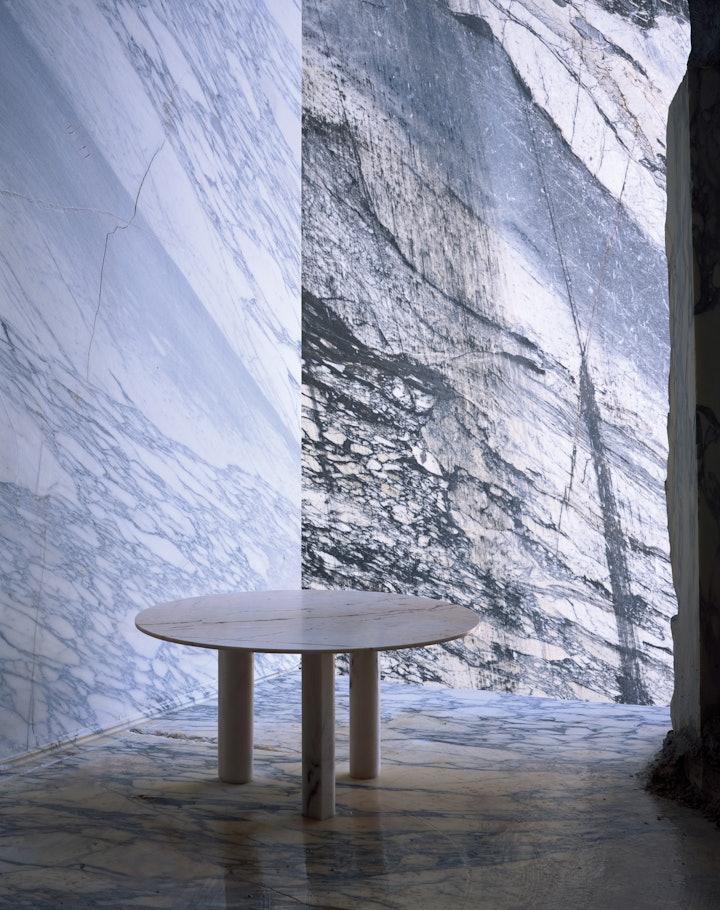
From there how did your approach develop?
I’ve always been interested in trying to understand the concept behind a building, its soul. A lot of the buildings I photographed early on were very conceptual – more poetic than functional – and you needed a different way to look at them. Even though I was not as technically proficient, I think that early work was some of the most beautiful I’ve done. I don’t know how I made those pictures, you just do what feels right when you’re young. It was only later when I started to rationalise my approach that I realised what I wanted to do.
Of course there are some photographers that have been important to me, especially Lucien Hervé and the work he did on Le Corbusier’s La Tourette convent. The publisher Jean Petit, who worked a lot with Corbusier, was a family friend and I heard him talking about making these books and working with Corbusier as I grew up. I’m sure Hervé’s photographs influenced how I looked at architecture, especially with the importance of shadow and abstraction. But otherwise my background in photography was restricted to advertising, shooting cars or bottles in Milan. My real education was in London, in the late 80s, meeting these architects through the AA. I was working but learning at the same time.
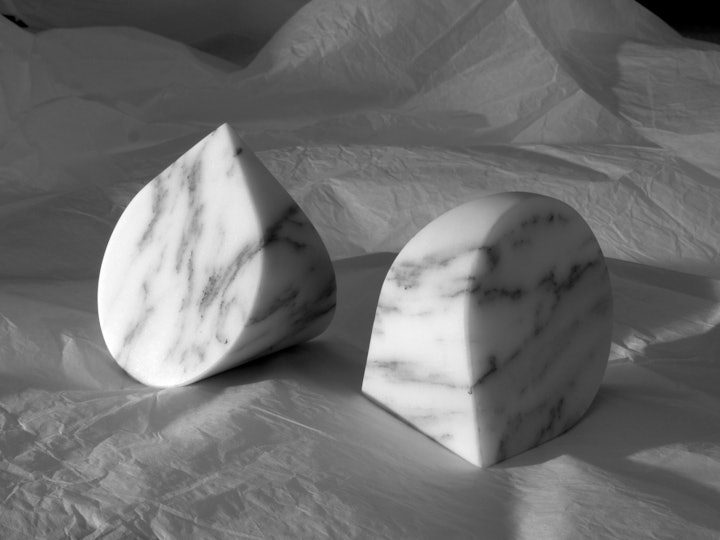
Could you explain the process by which you approach a building?
I first try and gather basic information, such as when and how the building was made, but I wouldn’t say I come with a fixed idea. My approach develops as I work, and I have found that it’s very important to return to the building several times – I will often notice something important, in the corner of a frame back at the studio, and carry on in that direction when I’m back at the site. It’s really a dialogue between myself and the building.
I imagine architecture is a great subject in many respects because it doesn’t move, but that it can also be quite limiting.
Architecture doesn’t move in the sense that we can’t displace it but, as John Hejduk once said, it is the only art form that you are digested by – you enter it and are changed by the experience of a place. And then the way the light interacts with a building is incredible. The building doesn’t move but the light changes very quickly, and as you move through the building you continuously see something different. When I am working with a building, there’s the feeling that it’s a continuous performance.
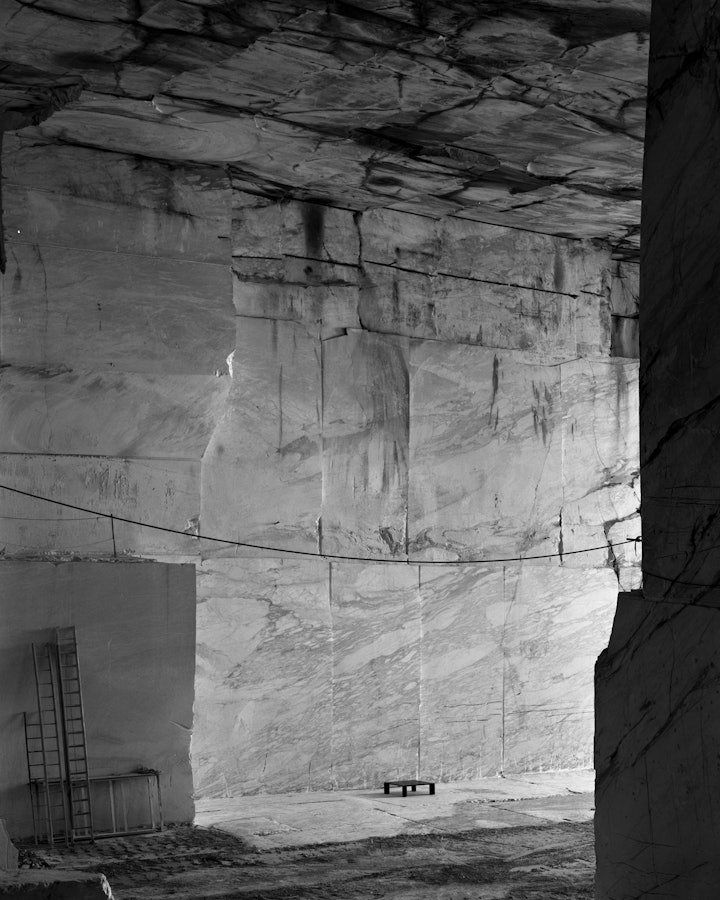
What is the significance of natural stone to you?
It’s an important question for me – stone takes you back in time in a very powerful way, you cannot think about stone without thinking about how it was made and, as the origin of so many different traditions of architecture, it is really fundamental to thinking about buildings. I have a collection of stone at home from the different places I’ve been to, and I cannot think about photographing the world without photographing stone – it reacts to the light in a very complex way.
You’ve photographed the work of many celebrated architects, both contemporary and modern, as well as architecture from antiquity. Are there any architects or buildings you particularly want to shoot?
In my personal work, I’m currently looking at space and silence in photography, so there are some historical buildings that will be important to shoot, and there’s a long list of places I want to visit with my camera. I also want to photograph the work of Kazuyo Sejima just to get to know her buildings better – she works with light and transparency, layering materials, which is the opposite of the buildings I’ve shot until now. I am used to working with heavier architecture, with massive buildings made from stone and concrete such as in the work of Tadao Ando, and it’s important to go where you are not comfortable and reinvent yourself.
